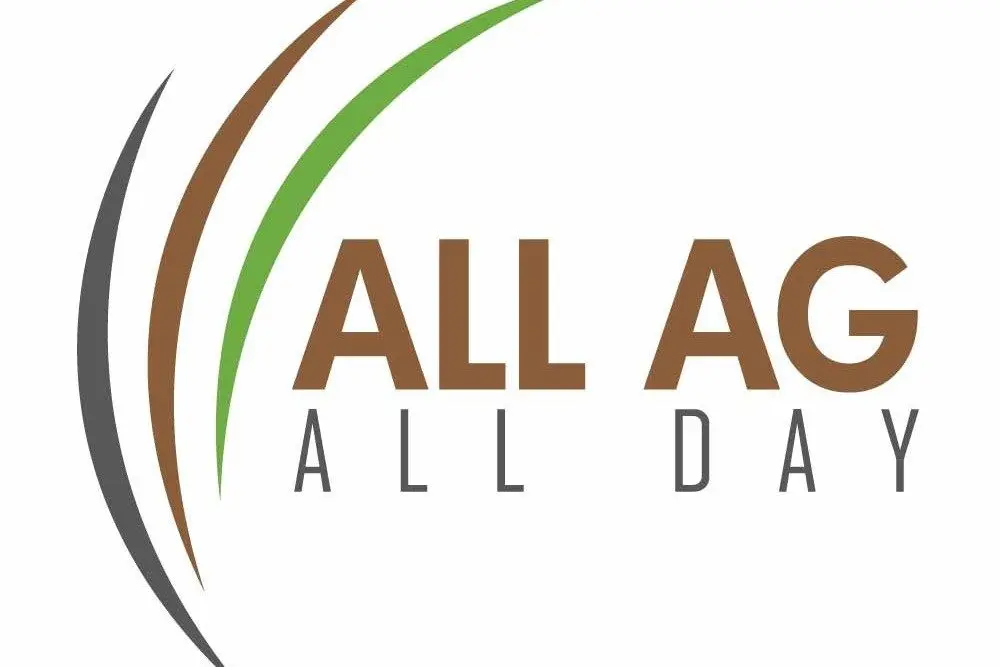
All Ag, All Day is the nation's only full-time farm radio station with studios in Floydada and Nashville, TN (www.AllAgNews.com)
Trade Flurry Reshapes Ag: China Buys, Canada Tariffs
WASHINGTON, DC – A fast-moving series of trade signals from the White House and key partners is resetting the near-term outlook for U.S. agriculture. President Trump said he expects a “very fair” meeting with China’s President Xi on Thursday in South Korea, with Treasury Secretary Scott Bessent adding that Beijing will resume “substantial” U.S. soybean purchases for several years and delay its new rare-earth export licensing regime by one year. Chinese officials echoed a conciliatory tone, saying a consensus was reached on tariffs, export controls, port fees, trade expansion, and fentanyl enforcement—positioning agriculture for a potential demand bump if farm commitments are inked alongside a separate TikTok ownership deal.
Trump also said the U.S. is moving toward a trade deal with Brazil and is “pretty close” on a South Korea agreement. At the same time, Washington unveiled reciprocal frameworks with Vietnam, Thailand, Cambodia, and Malaysia. The Southeast Asia packages keep baseline tariffs (roughly 19–20%) but carve out product lanes that could qualify for 0% reciprocal rates, with Malaysia pledging better access to rare earths and fewer non-tariff barriers. Cambodia’s accord is the most liberal, dropping tariffs on 100% of U.S. industrial, food, and agricultural exports—opening immediate room for U.S. grains, oilseeds, meat, and dairy.
Tensions rose elsewhere: Trump announced an immediate 10% tariff increase on Canada, sharply escalating a dispute with a critical ag partner. Any prolonged tariff friction risks friction for cross-border beef, pork, dairy, canola, wheat, and specialty crops, and could complicate feeder cattle flows if broader measures spill beyond goods. By contrast, the mooted Brazil track—if it includes tariff relief—could influence trade flows for beef, ethanol, and soy products, depending on the final carve-outs.
For row crops, a China buying restart would tighten Gulf elevation capacity and widen PNW programs, supporting nearby soybean basis and potentially soymeal spreads. Expanded Southeast Asian access favors U.S. corn, DDGS, soymeal, and poultry/pork into Vietnam, Thailand, Malaysia, and Cambodia. On livestock, Canada tariffs inject uncertainty into red-meat and dairy supply chains, even as broader Asia openings could add beef and variety meat demand over time.
Farm-Level Takeaway: Watch for near-term soybean sales flashes if China commitments are formalized; plan for basis pops and freight tightness. Hedge Canada-exposed livestock and dairy flows against policy risk, while probing new Southeast Asia lanes for corn, soymeal, poultry, and pork under emerging 0% tariff carve-outs.
**********
Beef Imports Increase on Strong Domestic Consumer Demand
NASHVILLE, TN — President Trump says expanding U.S. beef imports from Argentina could help bring grocery prices down. Still, USDA data show America’s beef inflow already depends heavily on lean trimmings from other countries. The latest USDA Agricultural Marketing Service report shows that during the week ending Oct. 18, the U.S. cleared 26,903 metric tons of fresh beef for entry — bringing the year-to-date total to about 1.3 million metric tons (MT), up 12% from the same period in 2024.
Most of that beef comes from key lean suppliers used to balance U.S. ground-beef blends: Australia leads with 464,737 MT (+20%), followed by Brazil at 264,014 MT (+39%), New Zealand at 194,472 MT (-1%), and Uruguay at 98,169 MT (+28%). Canada remains the top overall exporter at 577,802 MT, though its shipments have dipped 10% year over year. Argentina, while in the spotlight, remains a minor player, with 30,261 MT shipped so far in 2025 — about 2% of total U.S. imports.
Industry analysts note that imported lean trim is essential for making hamburger and ground beef — products that require blending with fattier U.S. beef to reach desired ratios. Without steady imports, processors say domestic trim alone cannot meet the nation’s year-round demand.
Farm-Level Takeaway: Imported lean beef continues to play a critical role in U.S. hamburger and ground-beef production, with any added volume from Argentina serving as a supplement — not a market overhaul.
**********
Why Farmers Keep Planting Despite Negative Return Projections
LUBBOCK, TX – Low prices and high costs don’t make idling a real option for most operations, argues Dr. Joe Outlaw of Texas A&M’s Agricultural & Food Policy Center in a Southern Ag Today piece.
Shutting down guarantees zero cash flow to service debt, payroll, and family living, while ceding global market share to competitors who would quickly ramp up output. Switching crops isn’t a simple fix either: many crops now pencil similarly thin or negative, multiyear rotations protect soil health and weed control, and equipment and storage are often crop-specific. Outlaw adds that farmers are uniquely optimistic—planting with the expectation that weather, basis, and prices can improve by harvest—and that the profession is an identity, not just a job.
The upshot: producers keep planting to preserve business continuity, agronomic systems, and future market position, even when spreadsheets look grim. That’s also why Congress and administrations have long supported agriculture when risks beyond farmers’ control overwhelm margins.
Farm-Level Takeaway: Planting sustains cash flow, rotations, and market share—even in lean years.
**********
New H-2A Rules Aim to Speed Up Hiring, Clarify Pay
NASHVILLE, TN – Farmers who rely on H-2A workers will see a few key changes this fall designed to speed up and make the process fairer. The H-2A program — which brings in seasonal farmworkers from other countries — is jointly managed by the State Department, Department of Homeland Security (DHS), and the Department of Labor (DOL). Each agency updated parts of the program in 2025.
The State Department will allow certain visa renewals without an interview starting October 1. Workers renewing within 12 months of their last visa, with clean records and no changes in eligibility, can skip the in-person step—saving both time and travel.
On wages, a court overturned DOL’s 2023 formula for the Adverse Effect Wage Rate (AEWR) — the hourly minimum farms must pay H-2A workers. DOL’s new rule, effective October 2, now bases pay on federal Occupational Employment and Wage Statistics (OEWS) data instead of the discontinued Farm Labor Survey. The rule also sets different pay rates for entry-level and experienced jobs. Farmers can submit comments on the change through December 1.
DHS also streamlined paperwork. Employers can now file visa petitions earlier, right after getting a “notice of acceptance” from DOL—rather than waiting for final certification. This allows agencies to process applications simultaneously, reducing delays.
Farm-Level Takeaway: Visa renewals and applications should move faster, but farms will need to adjust payroll budgets to new federal wage formulas that vary by skill level and job type.



